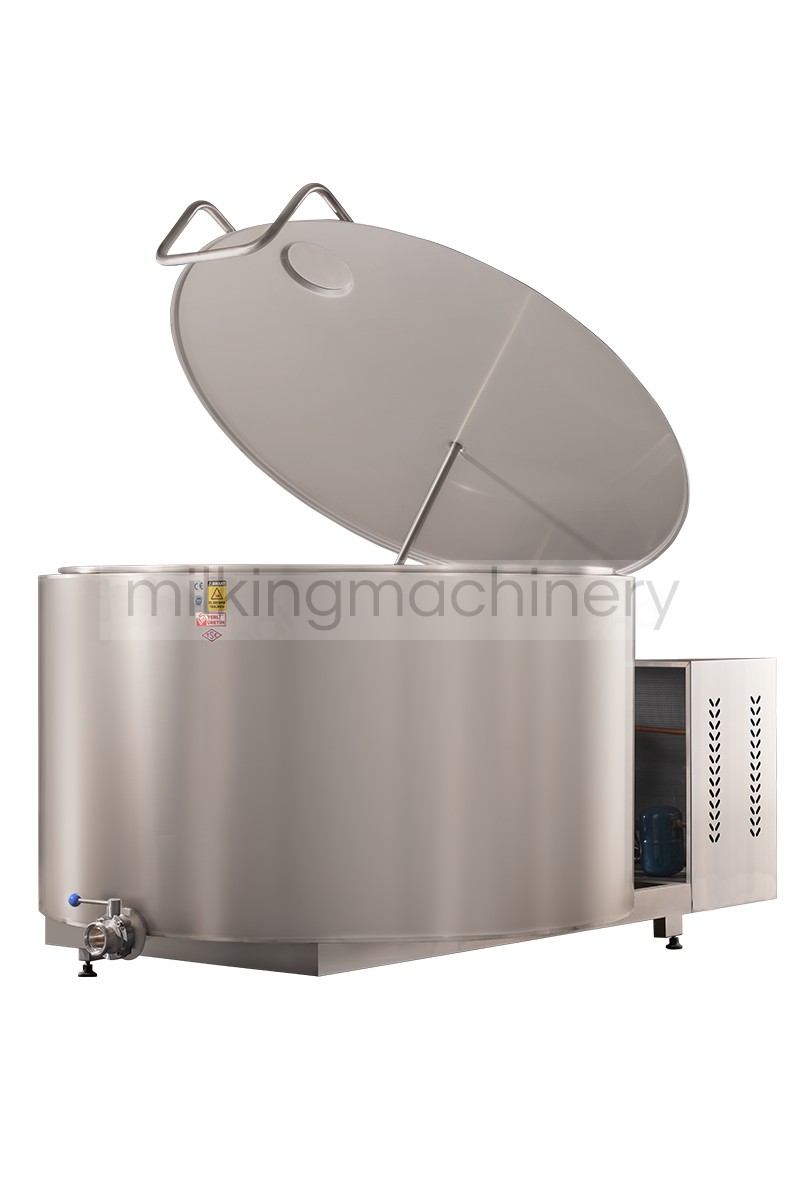Milk cooling tanks play a crucial role in the dairy industry by ensuring the quality, safety, and longevity of milk. Here are the key reasons why they are important:
1. Preserving Milk Quality
- Rapid Cooling: Milk is highly perishable, and cooling it immediately after milking prevents bacterial growth and spoilage. Most cooling tanks reduce the milk temperature to 4°C (39°F) or lower, ensuring freshness.
- Uniform Cooling: Agitators in the tank keep milk constantly stirred, preventing temperature inconsistencies and cream separation.
2. Ensuring Hygiene and Safety
- Contamination Prevention: Made from food-grade stainless steel, milk cooling tanks are easy to clean and resistant to contamination, safeguarding milk purity.
- Clean-in-Place (CIP) Systems: Many tanks come with automated cleaning systems that ensure thorough sanitation after each use.
3. Meeting Regulatory Standards
- Quality Compliance: Cooling tanks help dairy farmers meet stringent food safety and quality standards, which are critical for selling milk to processors and consumers.
- Traceability: Advanced tanks with monitoring systems provide data logs, ensuring compliance with industry regulations.
4. Extending Shelf Life
- Cooling slows down the natural processes that degrade milk, making it suitable for storage, transportation, and processing without loss of quality.
5. Enhancing Operational Efficiency
- Reduced Losses: By minimizing spoilage, farmers save on potential losses.
- Energy Efficiency: Modern tanks are designed with insulated walls and efficient cooling systems to reduce energy consumption.
6. Supporting Larger Operations
- With larger capacities and advanced features, milk cooling tanks accommodate growing production volumes in modern dairy farms.




